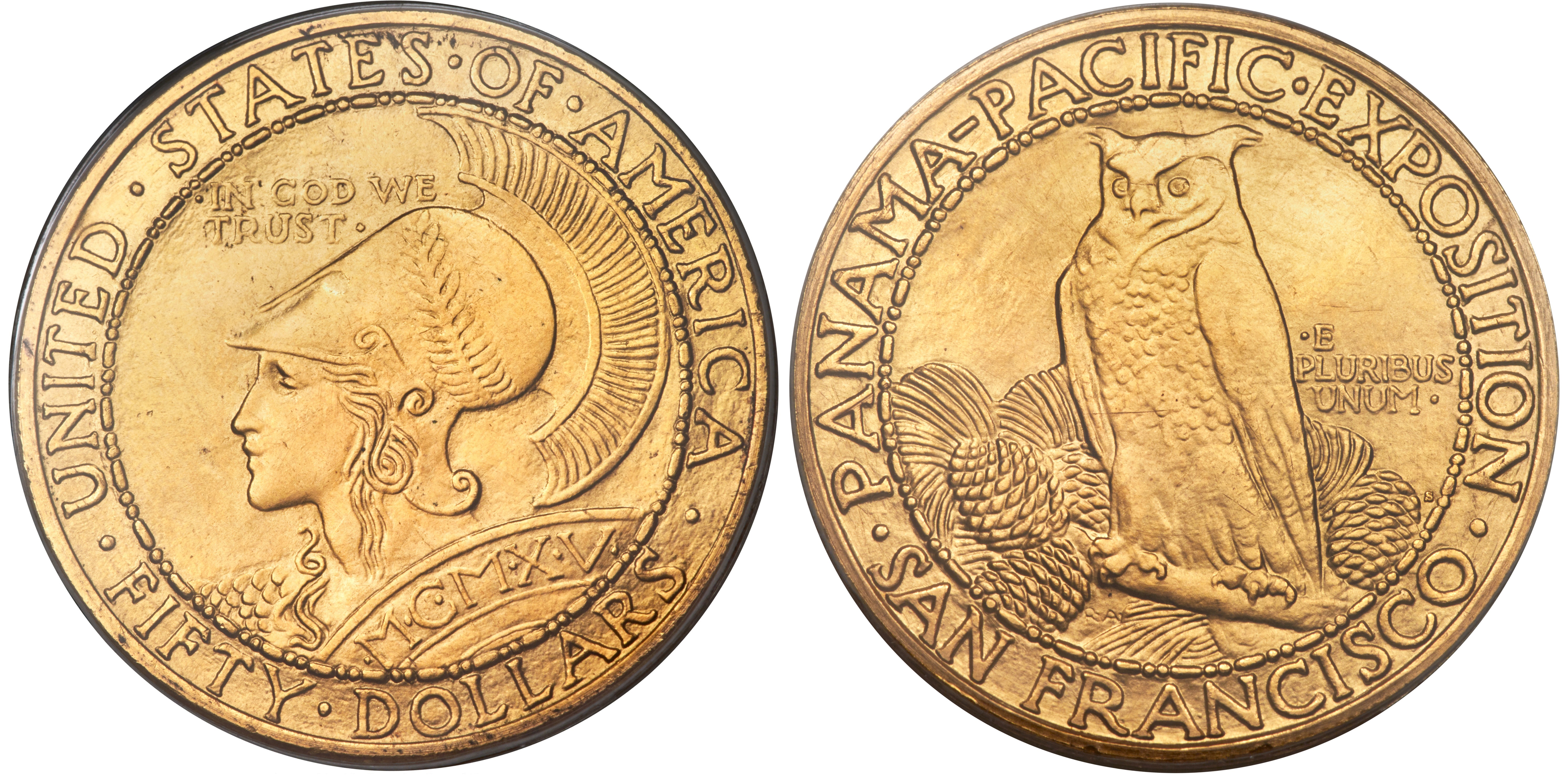
By Jim O’Neal
The French were no strangers to the Stegomyia fasciata. It was, after all, that tiny mosquito that wiped out the French troops Napoleon had dispatched to squash a slave uprising in Haiti and then the French-controlled colony of Saint-Domingue. From 1802 to 1803, yellow fever ravaged 50,000 troops, including their commanding officer General Emmanuel Leclerc. His replacement, General Rochambeau, retreated with a mere 3,000 soldier-survivors.
Experts estimate that twice as many soldiers were lost in Haiti than were killed in the world famous Battle of Waterloo!
Napoleon finally conceded that they were no match for this mysterious, silent killer and abandoned the ambitious plans to expand the empire into the Louisiana Territory, selling it for $15 million, which doubled the size of the young United States. It was an epic bargain for the United States and dramatically reduced the risk of future wars with France, which were almost inevitable.
Later in 1889, another Frenchman, Ferdinand de Lesseps, led a decade-long and terminally troubled attempt to build a canal across the Isthmus of Panama that crumbled after 20,000 workers (one-third of his force) died from yellow fever – a highly contagious, usually fatal disease contracted from a single mosquito bite.
Au revoir, monsieurs.
In America, the fever reached epidemic proportions as well. More than 300,000 cases were reported in the United States between 1793 and 1900; at times with mortality rates of up to 85 percent. The disease attacks the liver, turns the skin yellow, raises body temperatures and causes internal bleeding before the victim lapses into a coma. More U.S. troops were killed in the Spanish-American War by yellow fever than by the enemy. Yellow fever, nicknamed “yellow jack” after the pennants that flew to signal a quarantine, arrived in Central America in mid-16th century aboard slave ships travelling from Africa. Despite countless hypotheses, the cause of the disease and its rapid spread remained a mystery.
Dr. Carlos Finlay of Cuba had long theorized that mosquitos carried and spread yellow fever. The conventional medical establishment criticized Finlay, calling him “mosquito man.” But no one had a better idea. In desperation, U.S. Army Major Walter Reed, his fellow doctors, and a detachment of soldiers traveled to Havana in June 1900 and tested Finlay’s theory by volunteering to let indigenous mosquitos bite them.
On Aug. 27, Dr. James Carroll allowed himself to be bitten, fell ill with the disease, but survived. Reed survived his bout as well. Several other colleagues died and both Reed and Carroll sustained lasting damage to their health. The soldiers refused to accept a $250 bonus, believing it would cheapen their sacrifice. Public opinion was cynical and negative. American newspapers mocked the experiment or simply ignored it. Congress even denied a pension to one soldier, the first one who developed the test even though the experiment left him paralyzed.
Yet the team prevailed and in October 1900, Walter Reed finally declared publicly that “the mosquito served as the intermediate host for the parasite of yellow fever.” The disease’s cycle was soon unraveled. Female mosquitos picked up yellow fever in the first three days of a patient’s infection and became contagious after a 12-day incubation period with the pandemic disease.
Eventually, Maj. William Crawford Gorgas eradicated the disease in Panama and the Canal Zone. He also wiped out another mosquito that spread malaria and rats that carried bubonic plague. Gorgas’ triumph allowed the United States to begin their canal dig and finish it by 1914. Panama’s death rate from yellow jack had dropped to only half that of the United States.
Problem solved.
 Intelligent Collector blogger JIM O’NEAL is an avid collector and history buff. He is president and CEO of Frito-Lay International [retired] and earlier served as chair and CEO of PepsiCo Restaurants International [KFC Pizza Hut and Taco Bell].
Intelligent Collector blogger JIM O’NEAL is an avid collector and history buff. He is president and CEO of Frito-Lay International [retired] and earlier served as chair and CEO of PepsiCo Restaurants International [KFC Pizza Hut and Taco Bell].
